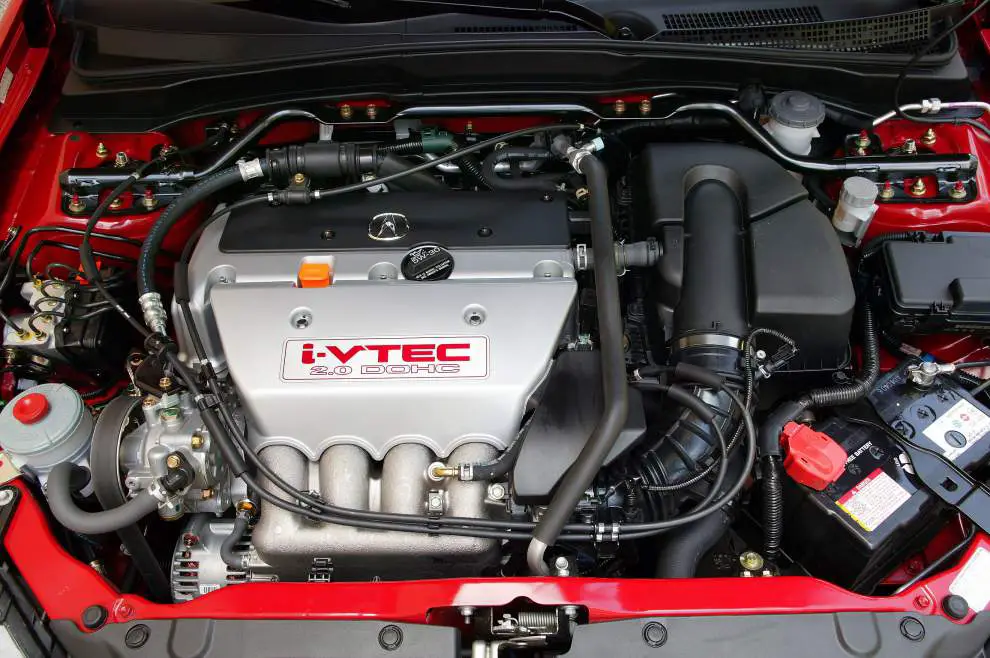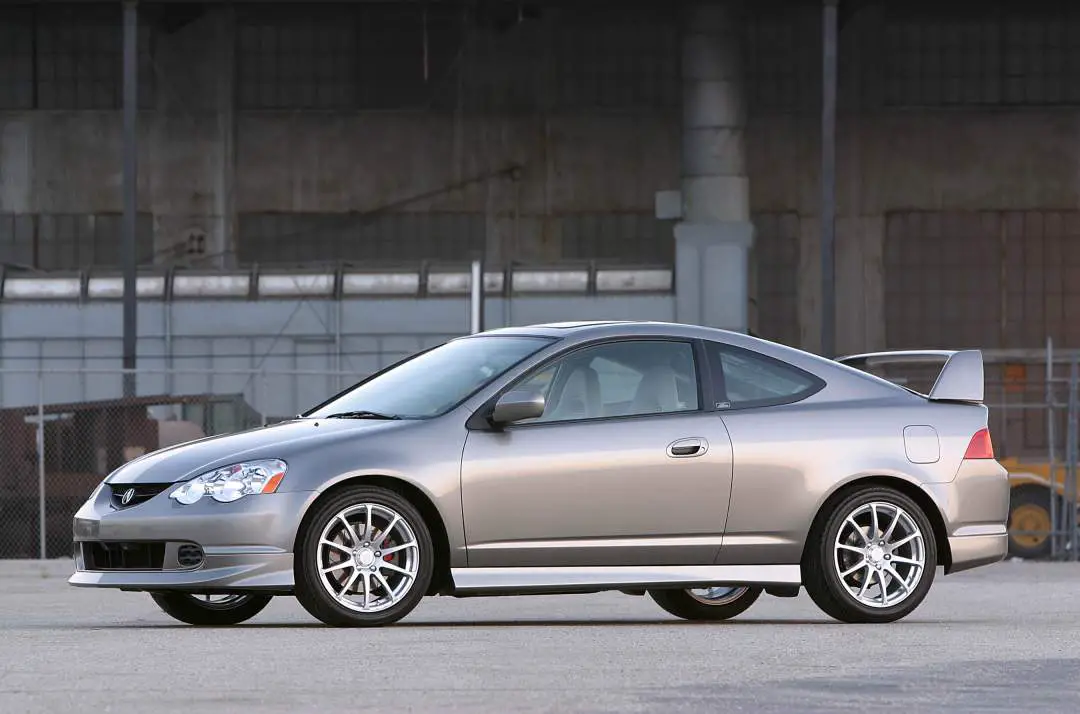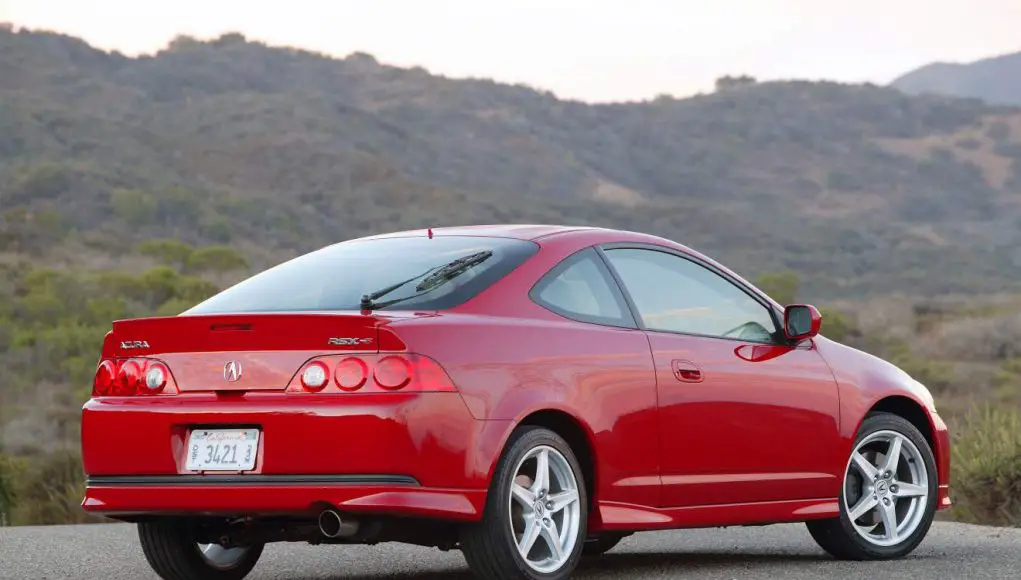2001 marked the end of the third-gen Integra and the beginning of a new premium compact offering.
2001 marked the end of the highly successful Acura Integra and its barn burner Type R variant that even us Americans got.
The Integra was an important entry point for new Acura shoppers with thousands getting into an LS Integra well under $20,000.
Acura knew this day was coming and was already cooking up something special for the global market, the RSX. More capable, luxurious, and with higher performance engines out of the box, the RSX was a real winner, ready to introduce that ever-important sub-30 with a college degree demographic to their lineup, thus welcoming them to the Acura family, presumably, for decades to come.
Not waiting to dillydally and wait a year to introduce a Type-S variant, Acura read the tuner tea leaves correctly and threw in the Type-S variant into the mix from the get-go.
Here are five things you probably didn’t know about the 2002-2006 Acura RSX Type-S.
Difference between K20A2 and K20Z1
2002 was an important year for Honda engines because a new four-cylinder was in town, one rotated 180-degrees compared to the B-series, opting for no distributor in favor of coil-on plugs, and an overall more robust base for more potent engines.

Already doing work in the EDM 2001 Honda Civic Type R, the K20A2 in the 2002 Acura RSX Type-S was already more powerful than the most powerful Integra with 200 HP and 142 lb-ft compared to the mighty B18C5’s 195 HP and 130 lb-ft. More importantly, peak HP and lb-ft came in at a more manageable RPM range.
To spice things up for MY 2005, the Type S engine recieved goodies from its Type R brother overseas, namely the K20A’s camshaft, crankshaft pully, exhaust, and intake snorkel duct from the JDM DC5 Type R.
Acura really thought they bumped power up to 210 HP and 143 lb-ft, (+10HP and +1 lb-ft) but SAE changed how they rate power and knocked that power rating down to just 201 HP.
What a bummer.
Ward’s 10 Best engine in 2002 and 2003
The new K-series engine was such a big deal, really showcasing the best Honda and Acura had to offer that Ward’s awarded the K20A2 a Top 10 ranking in 2002 and 2003.
Keep in mind Honda’s already cemented itself as a premier engine manufacturer with its superior B-series in the Integra and Civic as well as the F-series in the Honda S2000, both race engines for the street.
According to Ward’s
The Acura Type-S 4-cyl. doesn’t have to be continually flailed to redline to produce satisfaction. The result is more perceived refinement and a welcome measure of sound abatement. Although they’re two totally different engines, one tester said the Type-S engine is not unlike the S2000’s with a blanket thrown over it. We love the S2000 powerplant — but it needs a blanket thrown over it. That’s the refinement that Acura brings to the party.
If Acura wanted a refined yet powerful engine, the K20A2 fit that bill to the T.
80 percent of Type-S buyers are supposedly male
Line up five Type-S Owners and four of those drivers are dudes.
Sounds about right.
According to Acura, when they introduced the RSX Type-S in 2002,
The target buyer is 27 years old, with a college degree and $60,000 in average annual household income. They are affluent, lead active lifestyles, and are definitely trendsetters.
- RSX: 60% male
- RSX Type-S: 80% male
We anticipate about 60% of the RSX buyers to be male, with 80% male for the RSX Type-S you see here on stage.
Aggressively styled, angular, and with a high-revving engine, the Acura RSX was the stereotypical white-collar boy racer’s car.
Look at any RSX driver today and this fits the bill, a car that mostly appeals to males with the occasional female RSX owner.
Acura’s optional Type-S Factory Performance package for early 2003 legit added performance.
Acura was cashing in on the success of the import tuner scene going on and offered an affordable, all-around upgrade to the suspension and overall aesthetic that, as mentioned, legit upped performance.

According to Acura, this new Factory Performance package included:
- High performance, track-tuned shocks and springs
- Slotted brake rotors and performance brake pads
- Lightweight 17×7.5 inch alloy wheels
- High-performance tires (225/45VR17)
- Factory performance rear wing spoiler
- Under-body spoiler kit
- Metallic look interior trim kit
- Factory Performance shift knob
- Factory Performance badging
Add $5,360 on top of the $23,760 you paid for a Type-S and this Honda-only option was yours. Acura explicitly states that you can’t buy pieces of this kit, making it one of the rarest RSX’s in the United States, ever.
Your average high-school kid could not finance close to $30,000 for a four-cylinder hot hatch, hence its rarity today.
- “The FP car pulled 0.88 g on the skid pad, compared with 0.83 g for the standard car. “
- “In the emergency-lane-change maneuver, the FP car sliced through the cones at an average speed of 62.5 mph versus 58.9 mph for the Type-S.”
- “Since tire traction predominantly determines braking performance, we think the stickier tires and their larger contact patches probably account for the FP car’s 175-foot stop from 70 mph-an improvements of 21 feet over the stocker. “
- “…on the high-banked oval, our test car climbed to 142 mph-3 mph more than the stocker.”
Type-S was only for manual purists. None came with automatics.
You read that right, if you wanted an RSX Type-S, you had to row each of those six gears.
Do you have any other tid-bits of information about the Acura RSX Type-S I should know about? Let me know in the comments below!



